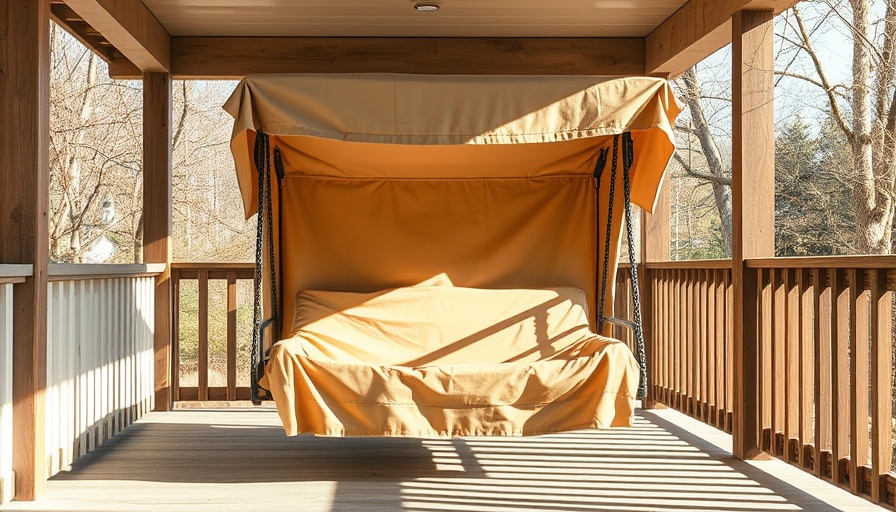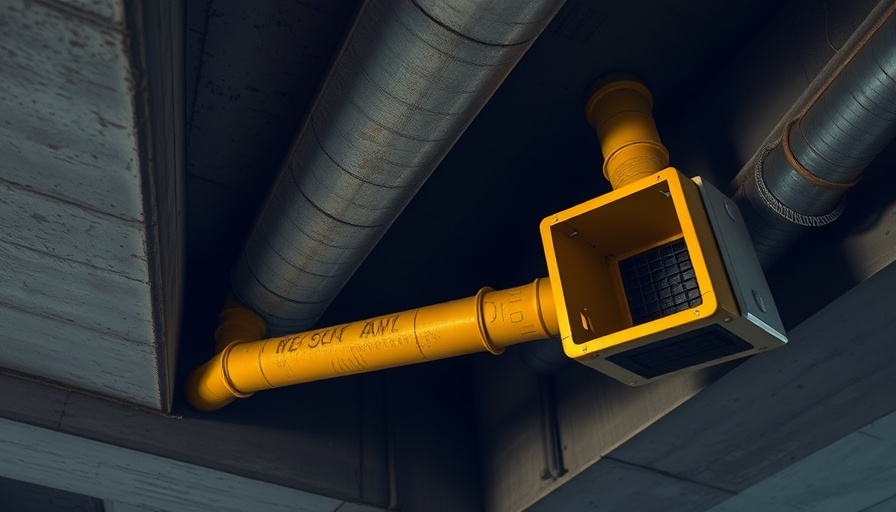
Protect Your Outdoor Oasis: The Importance of Furniture Covers
When the bright summer sun transitions into rainy autumn days, ensuring your patio furniture withstands the elements becomes a priority. Outdoor furniture covers are not just a luxury; they are an essential accessory for protecting your investment from rain, sun, and pesky pollen. Let's explore why choosing the right cover matters—not just for aesthetic appeal, but for longevity and functionality.
Choosing the Best Covers: What to Look For
Investing in coverage means knowing what will work best for your specific needs. Material durability, weather resistance, and fit are all key components to consider. For instance, high-quality fabrics like polyester or vinyl are waterproof and UV-resistant, essential qualities if you want to keep your furniture looking fresh year after year. The right fit also ensures that your furniture is protected from blowing wind and unexpected rainstorms.
The Top 5 Covers That Stand Out
Now that you know what to look for, let’s dive into the top five patio furniture covers that can shield your setup from nature's whims:
- 1. Classic Accessories Montlake FadeSafe Patio Rectangular Dining Table Cover: This cover is known for its heavy-duty materials and layered design that repels water while ensuring breathability.
- 2. Budge English Garden Patio Chair Cover: With an elegant design to boot, this cover doesn’t just protect but also adds style to your outdoor space.
- 3. Ravenna Patio Loveseat Cover: This product stands out for its exceptional fit and elegant look. Plus, it's easy to clean, making maintenance a breeze.
- 4. King Canopy Heavy Duty Outdoor Furniture Cover Set: Great for those who want a comprehensive protection solution. This set converts to fit various pieces and environments.
- 5. AmazonBasics Furniture Cover: Budget-friendly yet sturdy, this cover delivers quality without compromising your wallet.
Tips for Maintaining Your Covers
Even the best covers require attention to extend their lifespan. Regularly cleaning your covers, especially after storms, will prevent mold and mildew from developing. Additionally, looking for wear and tear periodically allows you to replace or repair your covers before they become ineffective.
The Emotional Connection to Outdoor Living
Let’s face it, your patio is more than just a collection of furniture; it’s a place for memories, gatherings, and relaxation. Treating your outdoor space with care reflects the value you place on these experiences. Think back to the last family barbecue or a quiet evening reading on the deck—it’s worth preserving these moments. Investing in good covers not only protects your furniture but shows that you cherish these experiences.
Looking to the Future: What’s Next?
As home technology evolves, so does outdoor furniture protection. Smart furniture covers, which can alert you via an app if storms are coming or when to clean them, are already emerging on the market. With the integration of technology into outdoor living, maintaining a beautiful patio can become even easier.
Final Thoughts: Get Coverage!
Taking care of your outdoor ennui with quality furniture covers is not just an afterthought—it's a crucial decision for every homeowner who values their outdoor living space. A good cover promises longevity, aesthetic appeal, and emotional satisfaction. So get out there, select your covers, and allow your patio to thrive through rain, sun, and pollen. Your furniture deserves the best!
 Add Row
Add Row  Add
Add 



Write A Comment